Tasmania's Forests
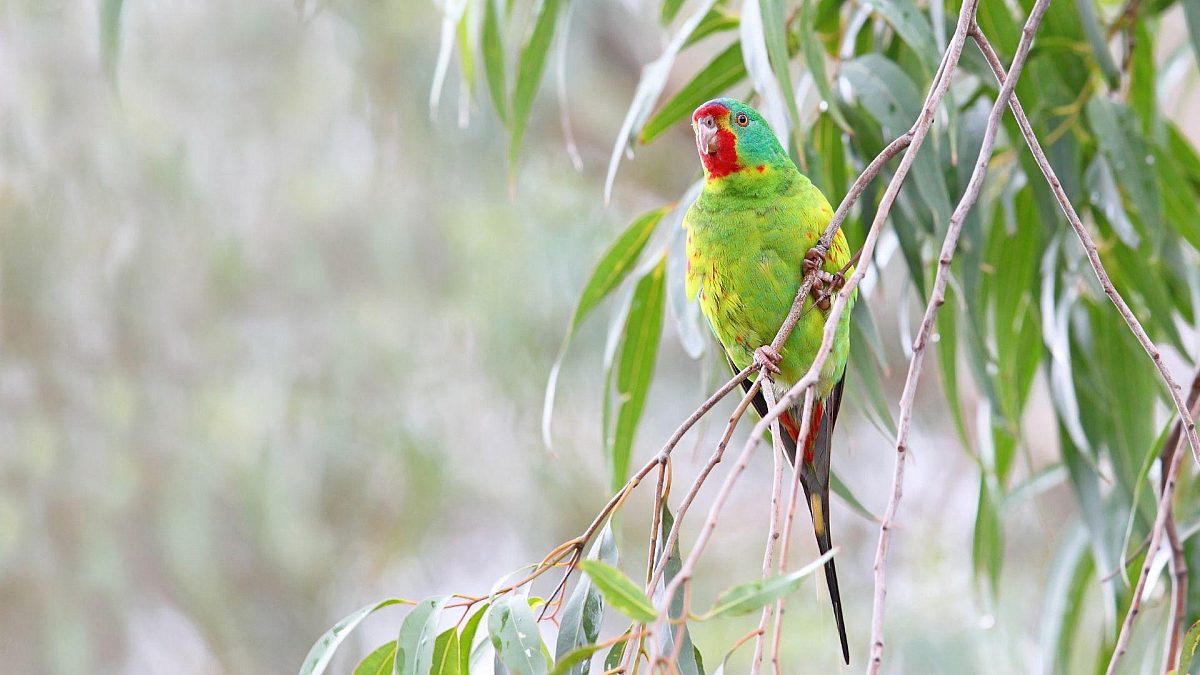
Meet the swift parrot
One of Australia's rarest (& fastest) birds is a spectacular, migratory parrot. And it urgently needs our help.
Spending summers in the forests of lutruwita / Tasmania, the swift parrot flies north, crossing the Bass Strait to spend winters in warmer regions in NSW and Victoria. But the critically endangered bird is under pressure, losing its remaining habitat to bushfires and logging.
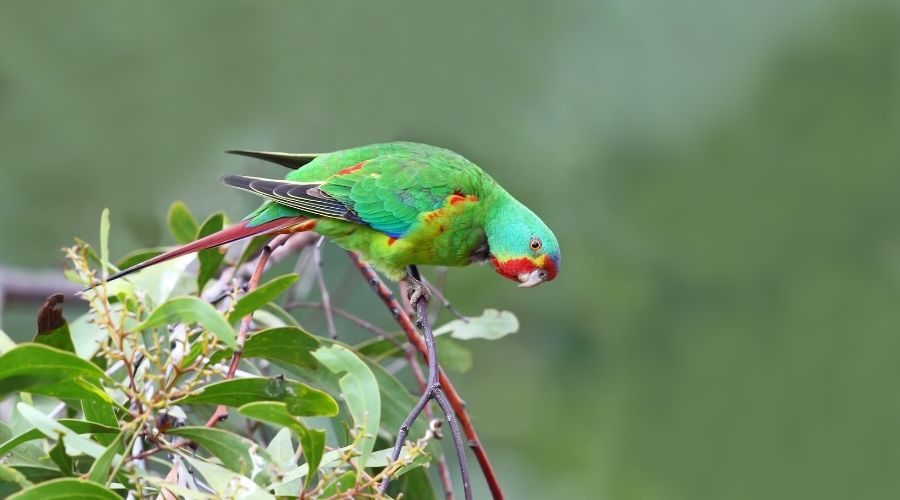
If you do, here's what you need to know about this colourful jewel of the forest, one of only three migratory parrots in the world.
Swift parrots are endemic (meaning only found in this area) to south-eastern Australia and occur as a single, migratory population.
They are extremely fast birds. One male parrot has been clocked at flying 88km/h—that’s more than some suburban speed limits allow! It really lives up to the Swifty nickname.
The birds are one of only three migratory parrots in the world (the others being the similarly endangered orange-bellied parrot, and the blue-winged) as they spend summers in Tasmania where they breed before flying across the Bass Strait to New South Wales and Victoria for the winter to feed.
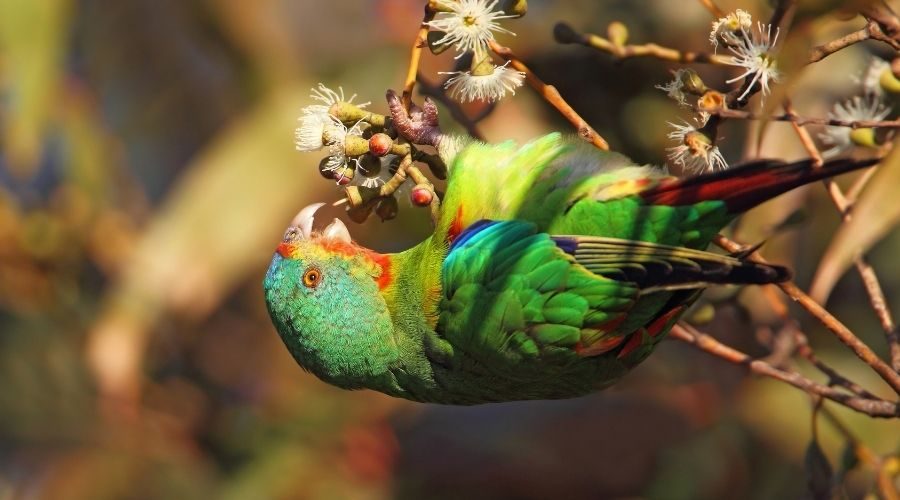
A swift parrot’s favourite food is the nectar found on the outer canopy of flowering eucalypts, and the occasional psyllids and lerps, seeds and flowers.
Depending on food availability, swift parrots might stay in one area for several hours or as long as a few months in one location. Some have been seen travelling a further 1,000km distance outside their normal range just to get a good supply of food.
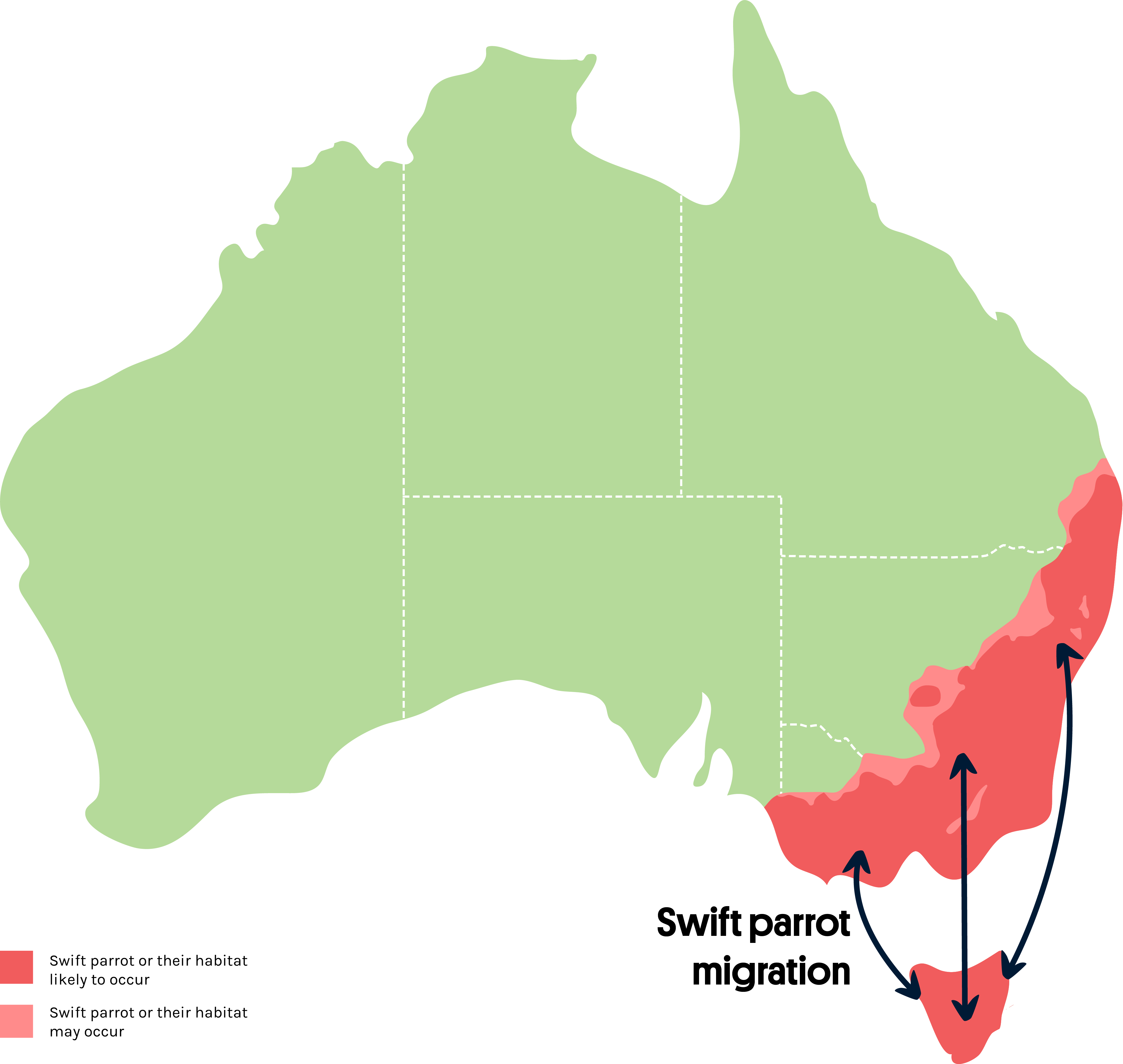
In lutruwita / Tasmania, they can usually be found feeding on blue gum flowers and nesting in any tree hollows nearby.
The distribution of nesting swift parrots is dependent on how well blue gums are flowering across the area. If there are enough tree hollows and the blue gums are in full bloom, up to 50 pairs of swift parrots can be found over 100 hectares.
In preparation for the arrival of her eggs, the female parrot will stay in the nest and she won’t leave until the chicks are hatched and sufficiently developed. While this is happening, the male finds food and returns to the nest to feed the female at the entrance of the hollow.
- A study that came out in December 2020 discovered that the critically endangered bird population size could be as small as 300 individuals left in the wild. In fact, they’re declining at a rate that puts them as number 13 on the list of 20 Australian bird species most likely to become extinct in the next 20 years.
Under threat
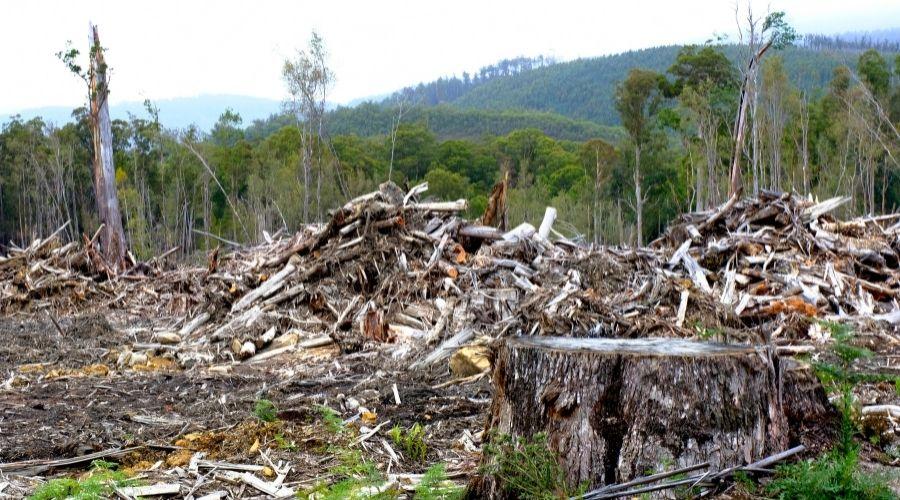
Unfortunately, habitat loss isn’t the only reason for the parrot’s population decline—sugar gliders are also a threat. Sugar gliders and swift parrots share similar habitat requirements, so they occupy the same space. While research is ongoing, it’s been found that with less forest cover—primarily due to logging and bushfires—swift parrot predation increased by as much as 100%. The gliders have been found eating swift parrots’ hatchlings, and at times, even kill the female parrot in the hollow.
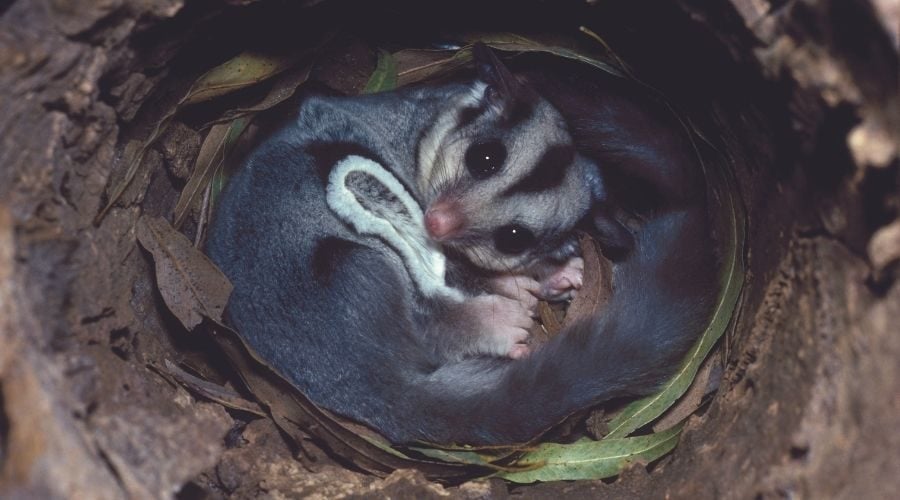
What you can do
To save the swift parrot it's critical that we save what's left of its forest home!
The sprawling forests of lutruwita / Tasmania support some of Australia’s most spectacular and peculiar native wildlife, including the stunning swift parrot, giant freshwater lobster and the Tasmanian devil, as well as Bennett’s wallabies, wombats, pademelons, possums and quolls.
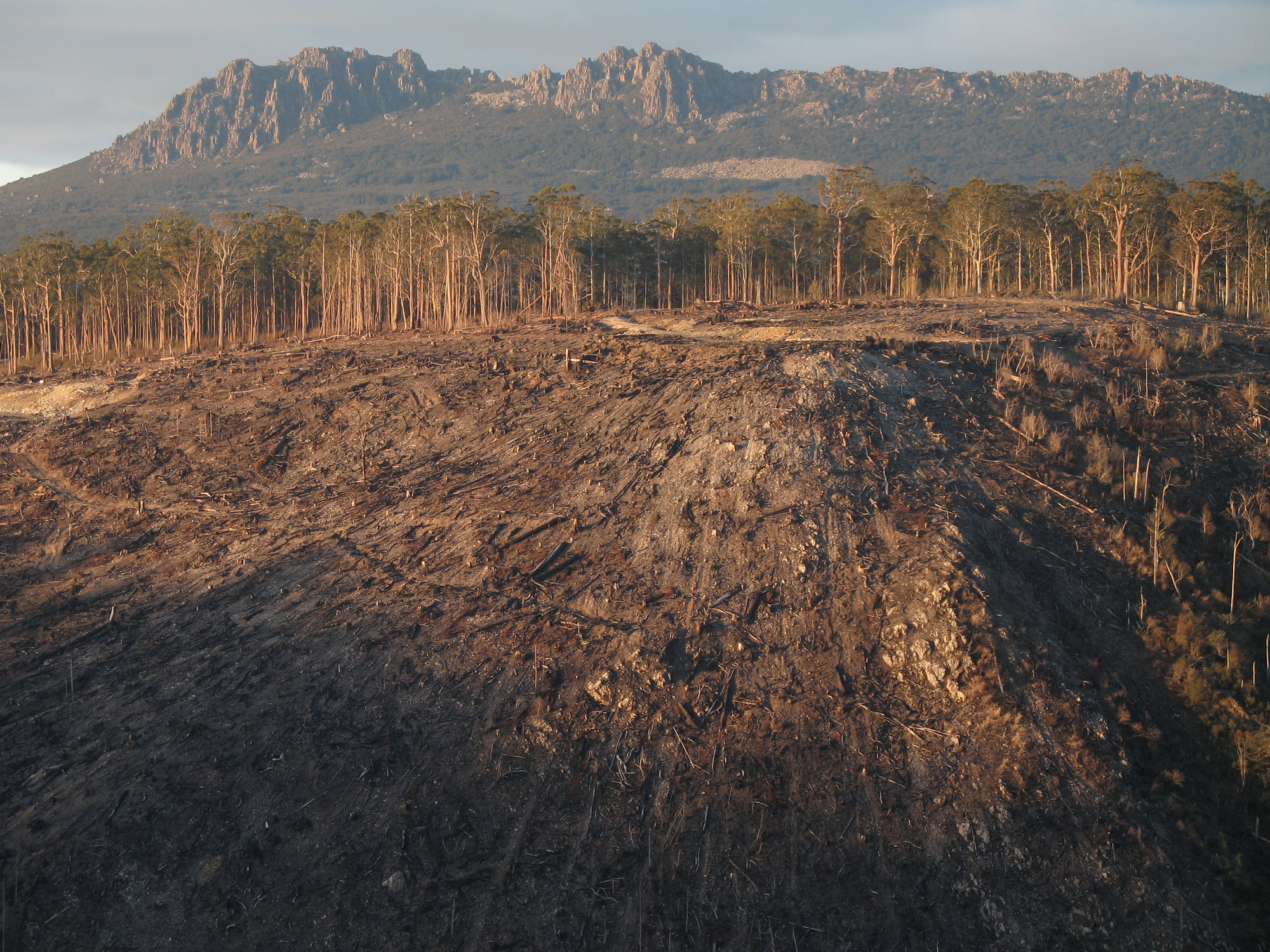
The forests are a biodiversity hotspot, a sanctuary for endemic flora, such as the precious, thousand-year-old Gondwanan conifer species—the pencil pines, and Huon pines—some of the oldest organisms on the planet. It's all punctuated with the striking colours of myriad types of fungi, making a walk through these forests a totally unique experience.
For decades, these native forests have been exploited for veneer and wood chips. When native forest is clear-felled, helicopters drop a napalm-like substance to burn off the remains. This releases carbon stored in soil and vegetation back into the atmosphere. For a region that trades on its natural beauty, the chemical-laden smoke tells a different story.
Find out more about the threat to the forests of Lutruwita / Tasmania, and one of its most rare and remarkable animals: the swift parrot.